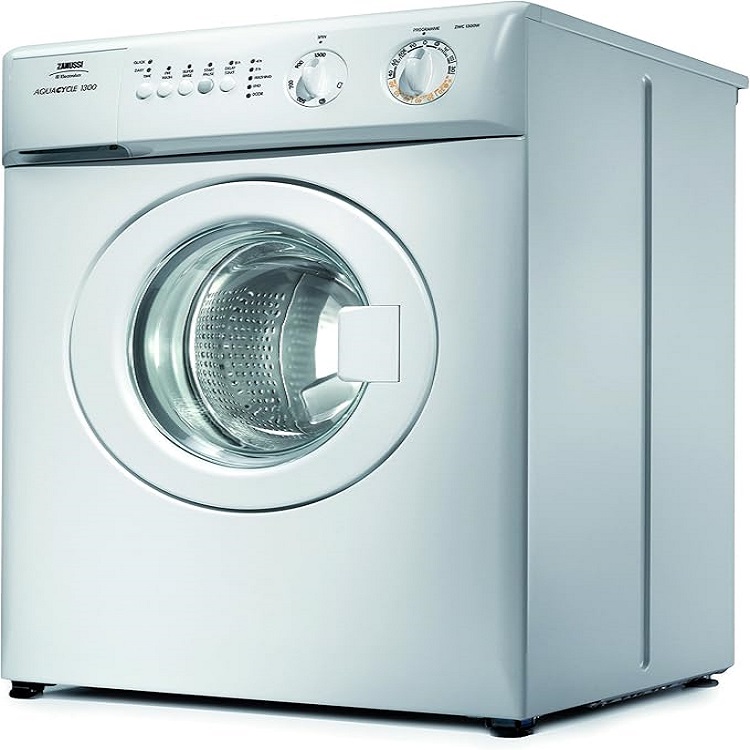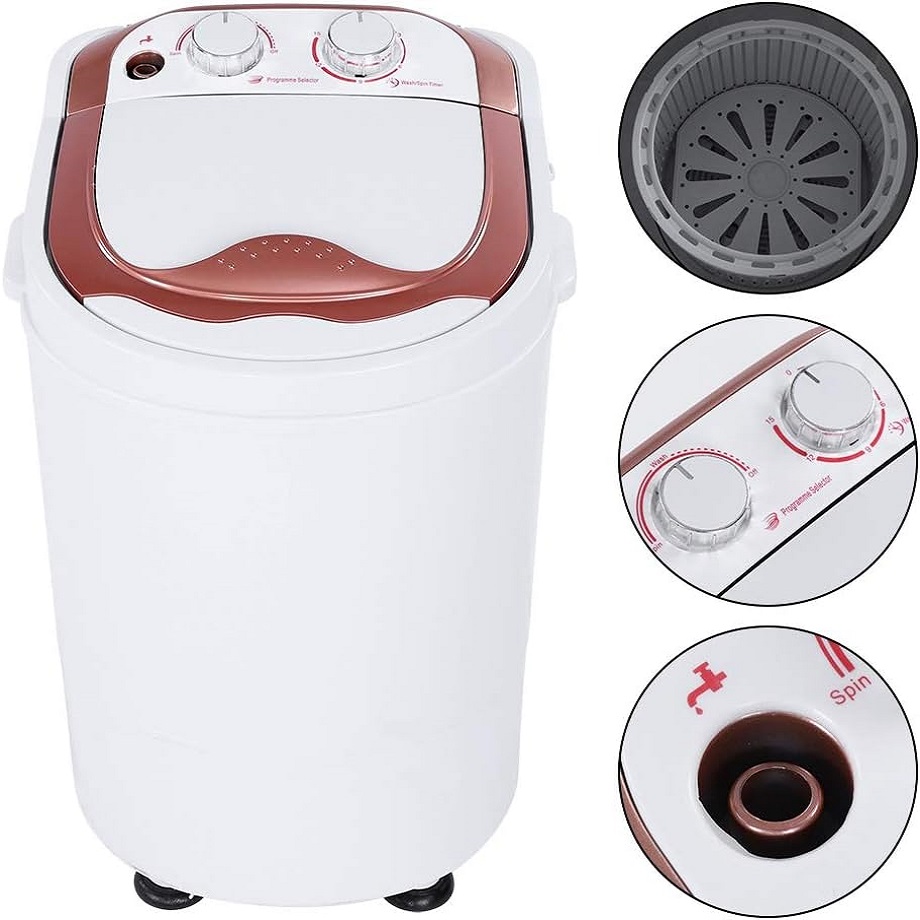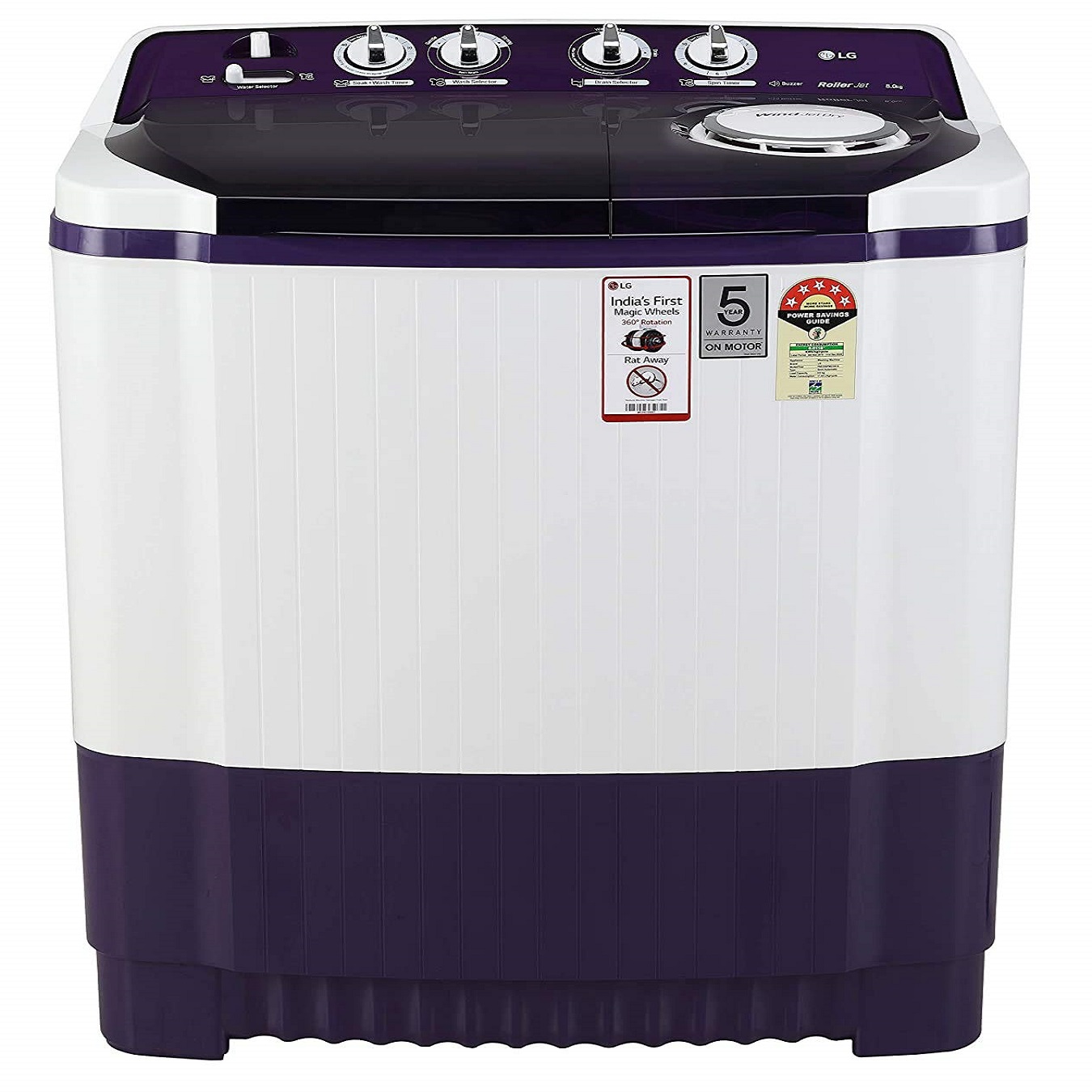A common issue many homeowners face is when their washing machine won’t drain or spin. This problem can be frustrating, especially when you have a load of laundry waiting to be done. In this article, we will delve deep into the potential causes of this issue, offering practical solutions and preventative measures to ensure your washing machine operates smoothly. From basic troubleshooting steps to more complex repairs, we will help you understand what could be wrong with your washing machine and how to tackle it effectively.
Understanding the Basics of How Washing Machines Work
Before diving into troubleshooting, it’s essential to understand the basic mechanics of a washing machine. Most modern machines operate using an electronic control system that regulates the various cycles, including washing, rinsing, draining, and spinning. They rely on water intake, drainage systems, and spin cycles to clean clothes effectively.
The Components of a Washing Machine
Key components play integral roles in the washing process. Understanding these parts can help diagnose why your washing machine won’t drain or spin.
- Water Pump: Responsible for draining water from the tub after washing and rinsing cycles.
- Drain Hose: Transports wastewater from the machine to the household plumbing.
- Drive Motor: Engages the spinning action to remove water from clothes.
- Control Board: Manages and regulates the entire washing process.
- Overflow Switch: Prevents overflow by stopping the filling process when water reaches a certain level.
Each part has its function, and any malfunction can cause the machine to fail in draining or spinning.
Common Causes of a Washing Machine That Won’t Drain or Spin
When your washing machine won’t drain or spin, several culprits could be at play. Understanding these common causes will help you troubleshoot effectively.
1. Clogged Drain Hose
One of the most frequent reasons a washing machine won’t drain is a clogged drain hose. Over time, debris, lint, and soap residue can accumulate, obstructing the flow of wastewater.
How to Check and Fix It
- Start by disconnecting the drain hose from the back of the washing machine.
- Inspect for any visible blockage. If you see buildup, clean it using a long, flexible brush or running hot water through it.
- Reattach the hose, ensuring it’s properly aligned and free of kinks.
2. Blocked Pump Filter
Some washing machines come with a pump filter that can become clogged with small items like coins or lint. A blocked filter will hinder draining and may even lead to pump failure.
How to Access and Clean the Pump Filter
- Refer to your user manual for the location of the pump filter.
- Typically, it’s located at the front, lower portion of the machine behind a small access door.
- Open the filter and check for blockages. Clean it thoroughly, ensuring no debris is left behind.
3. Malfunctioning Water Pump
If the machine won’t drain, the water pump might be faulty. The pump can wear out over time due to regular use or be impeded by debris.
Testing the Water Pump
- Listen for abnormal noises when the machine tries to drain. A humming sound may indicate that the pump is trying to work but failing.
- Use a multimeter to test for continuity and ensure the pump is receiving power.
- If the pump is defective, it will need to be replaced.
4. Electrical Issues
Sometimes the issue might stem from electrical problems, preventing the machine from engaging the drain or spin functions.
Diagnosing Electrical Issues
- Check that the washing machine is plugged in correctly and not tripped by a circuit breaker.
- Inspect the wiring of the control board for any signs of damage or burnt-out connections.
- If needed, consult with an electrician for a comprehensive check.
5. Control Board Malfunction
The control board orchestrates the washing cycles, including draining and spinning functions. If this component fails, it may not signal the machine to drain or spin, leaving your laundry wet.
Signs of Control Board Problems
- Irregular cycle behavior (e.g., skipping the spin cycle).
- Lights blinking or unresponsive buttons.
- If other components test fine, you may need to replace the control board.
6. Unbalanced Load
Sometimes, the reason your washing machine won’t drain or spin isn’t mechanical but rather an unbalanced load. If the clothes are distributed unevenly in the drum, the machine may stop spinning to prevent damage.
How to Fix an Unbalanced Load
- Pause the cycle and redistribute your laundry evenly in the drum.
- Try running a spin-only cycle to see if that resolves the issue.
Additional Troubleshooting Steps
If the above common problems do not seem to be the cause of your washing machine not draining or spinning, consider these additional troubleshooting strategies.
Inspecting the Lid Switch
Many top-loading machines have a lid switch that prevents the machine from spinning when the lid is open.
How to Check the Lid Switch
- Open and close the lid several times to see if it engages.
- Use a multimeter to test the lid switch for continuity. A broken switch will need to be replaced to restore function.
Verifying the Drain Pump Operation
While the pump may appear intact, it’s possible that it’s not functioning as intended. To troubleshoot:
- Disconnect the pump and check for any debris or blockages.
- Use a multimeter to confirm it receives power during the drain cycle.
Conducting a Manual Drain
If the washing machine won’t drain but you need to remove the water, a manual drain can be an option.
Steps for Manual Draining
- Ensure the machine is unplugged for safety.
- Place towels around the base to soak up any water.
- Remove the drain hose and lower it into a bucket. Gravity will help drain the remaining water.
Preventative Measures for a Well-Functioning Washing Machine
To avoid future issues with a washing machine that won’t drain or spin, consider implementing some preventative tactics.
Regular Maintenance
Routine maintenance is vital for the longevity of your washing machine.
- Clean the Filter: Make it a habit to clean the pump filter periodically to avoid clogs.
- Inspect Hoses Regularly: Check hoses for wear and tear, replacing as necessary.
- Flush the Drain: Every few months, run hot water through the drain hose to prevent buildup.
Appropriate Load Sizes
Ensure that you’re not overloading your washer. Follow the manufacturer’s recommended load sizes to keep the machine balanced.
Use Appropriate Detergents
Using too much detergent can lead to excessive suds, which may interfere with draining. Always adhere to the recommended detergent amounts based on load size and washing machine type.
 When to Call a Professional
When to Call a Professional
If you’ve gone through troubleshooting steps and your washing machine still won’t drain or spin, it may be time to call a professional. Some situations are best handled by someone with experience, especially when it comes to intricate electrical issues or replacing major components like the control board.
Signs It’s Time to Seek Help
- Continuous issues despite troubleshooting.
- Signs of serious water damage around the machine.
- A sudden increase in unusual sounds emanating from the appliance.
In these cases, a qualified technician can provide a deeper diagnostic check and recommend the best course of action.
Conclusion
Encountering a washing machine that won’t drain or spin can be a hassle, but understanding the common causes can save you time and money. From clogged hoses to malfunctioning pumps and unbalanced loads, there are various issues that can disrupt your washing routine. Whether you opt for DIY troubleshooting or call in a professional, being proactive about maintenance can help prolong your machine’s lifespan and ensure its reliability. By following the tips and strategies outlined in this article, you can hopefully restore your washing machine to full function, avoiding future inconveniences.


